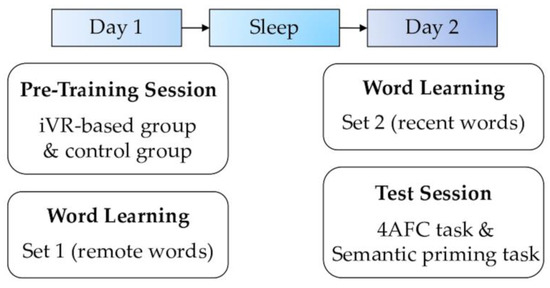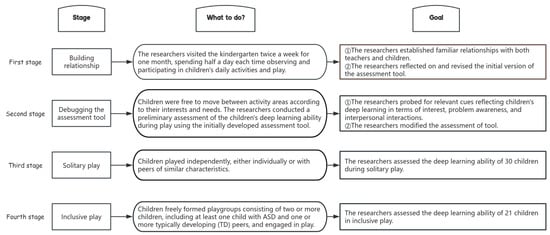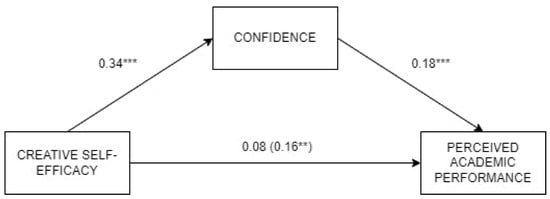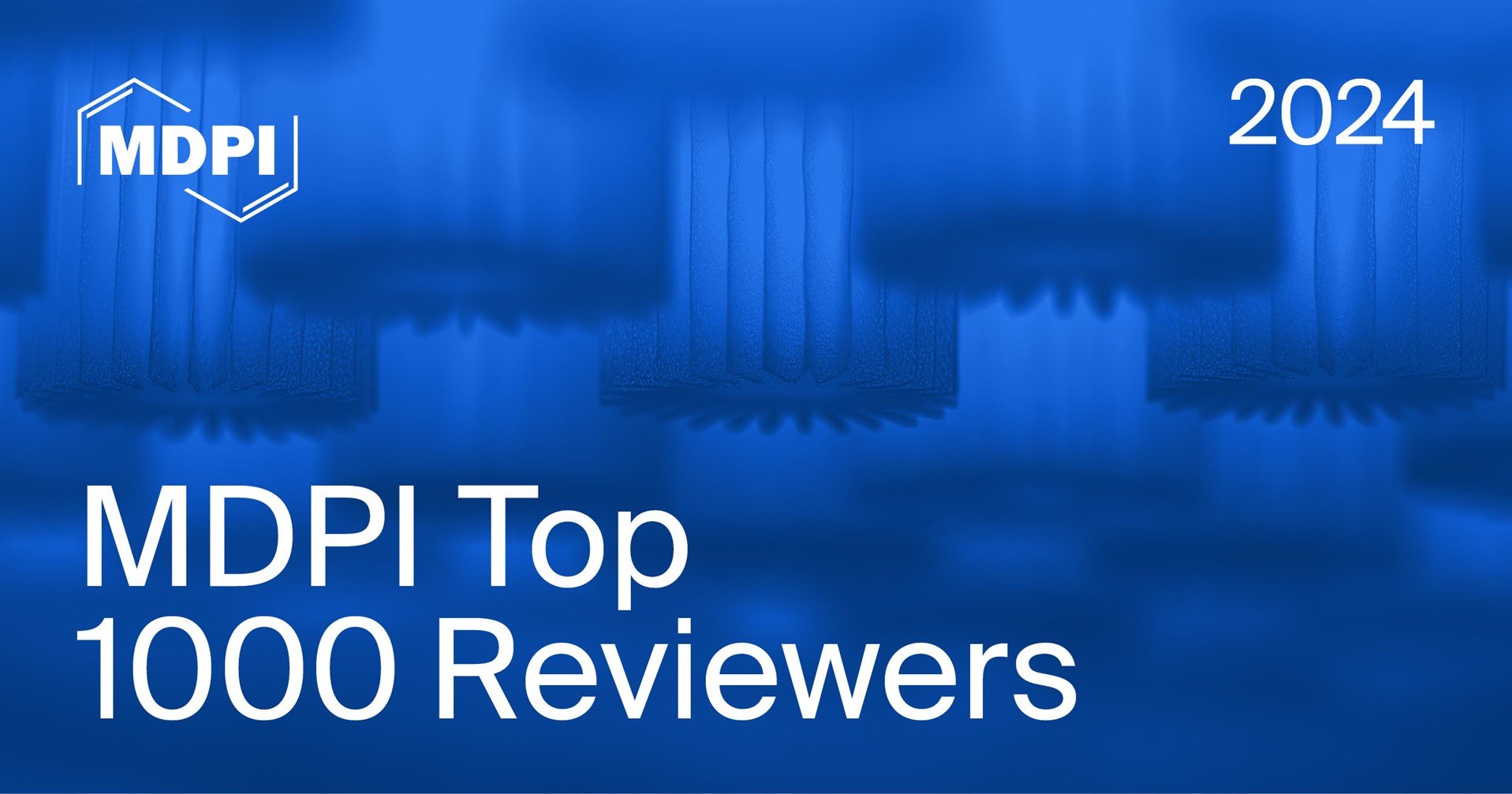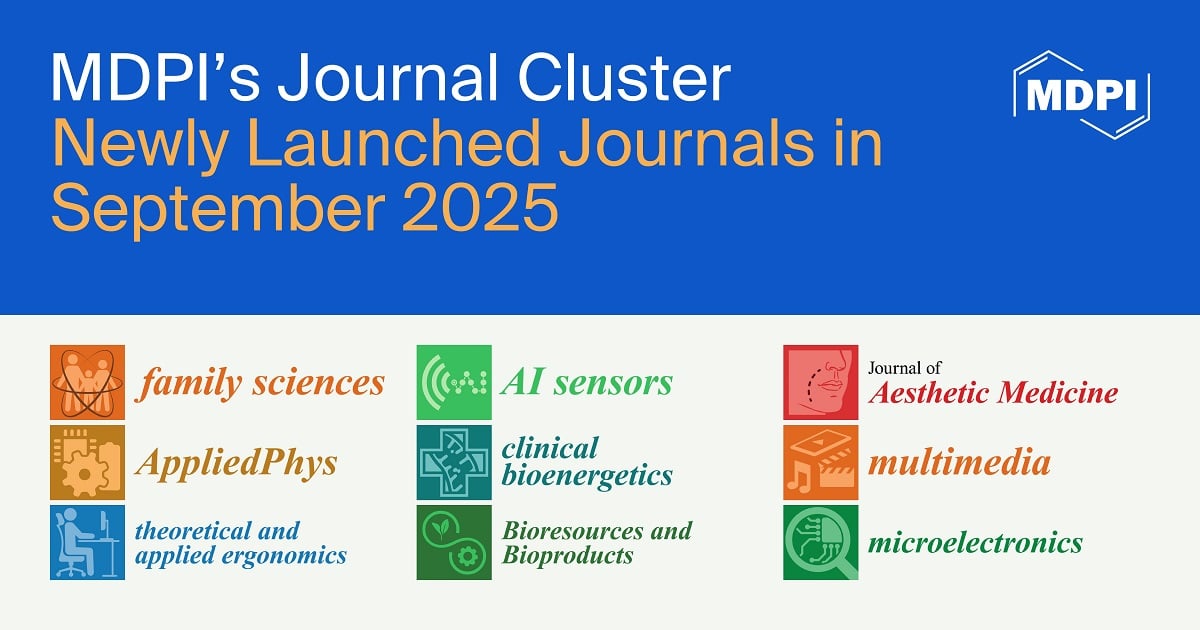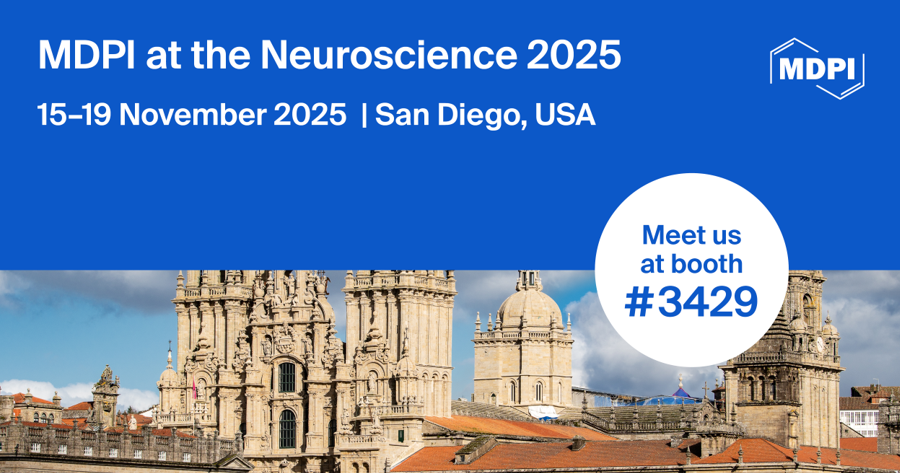-
 Practice Testing Facilitates Forward Navigation but Undermines Backward Navigation During Map Learning
Practice Testing Facilitates Forward Navigation but Undermines Backward Navigation During Map Learning -
 Do Applicant Reactions to Gamified Cognitive Ability Tests Differ Between High- Versus Low-Stakes Settings?
Do Applicant Reactions to Gamified Cognitive Ability Tests Differ Between High- Versus Low-Stakes Settings? -
 Gender and Accuracy in Decoding Affect Cues: A Meta-Analysis
Gender and Accuracy in Decoding Affect Cues: A Meta-Analysis -
 Bayesian Estimation of Generalized Log-Linear Poisson Item Response Models for Fluency Scores Using brms and Stan
Bayesian Estimation of Generalized Log-Linear Poisson Item Response Models for Fluency Scores Using brms and Stan -
 Enhancing Spatial Ability Assessment: Integrating Problem-Solving Strategies in Object Assembly Tasks Using Multimodal Joint-Hierarchical Cognitive Diagnosis Modeling
Enhancing Spatial Ability Assessment: Integrating Problem-Solving Strategies in Object Assembly Tasks Using Multimodal Joint-Hierarchical Cognitive Diagnosis Modeling
Journal Description
Journal of Intelligence
- Open Access— free for readers, with article processing charges (APC) paid by authors or their institutions.
- High Visibility: indexed within Scopus, SSCI (Web of Science), PubMed, PMC, PsycInfo, PSYNDEX, and other databases.
- Journal Rank: JCR - Q1 (Psychology, Multidisciplinary) / CiteScore - Q1 (Education)
- Rapid Publication: manuscripts are peer-reviewed and a first decision is provided to authors approximately 30.7 days after submission; acceptance to publication is undertaken in 3.8 days (median values for papers published in this journal in the first half of 2025).
- Recognition of Reviewers: reviewers who provide timely, thorough peer-review reports receive vouchers entitling them to a discount on the APC of their next publication in any MDPI journal, in appreciation of the work done.
- Journal Cluster of Education and Psychology: Adolescents, Behavioral Sciences, Education Sciences, Journal of Intelligence, Psychology International and Youth.
Latest Articles
E-Mail Alert
News
Topics
Deadline: 15 June 2026
Deadline: 30 June 2026
Deadline: 31 December 2026
Conferences
Special Issues
Deadline: 15 November 2025
Deadline: 20 November 2025
Deadline: 30 November 2025
Deadline: 4 December 2025






